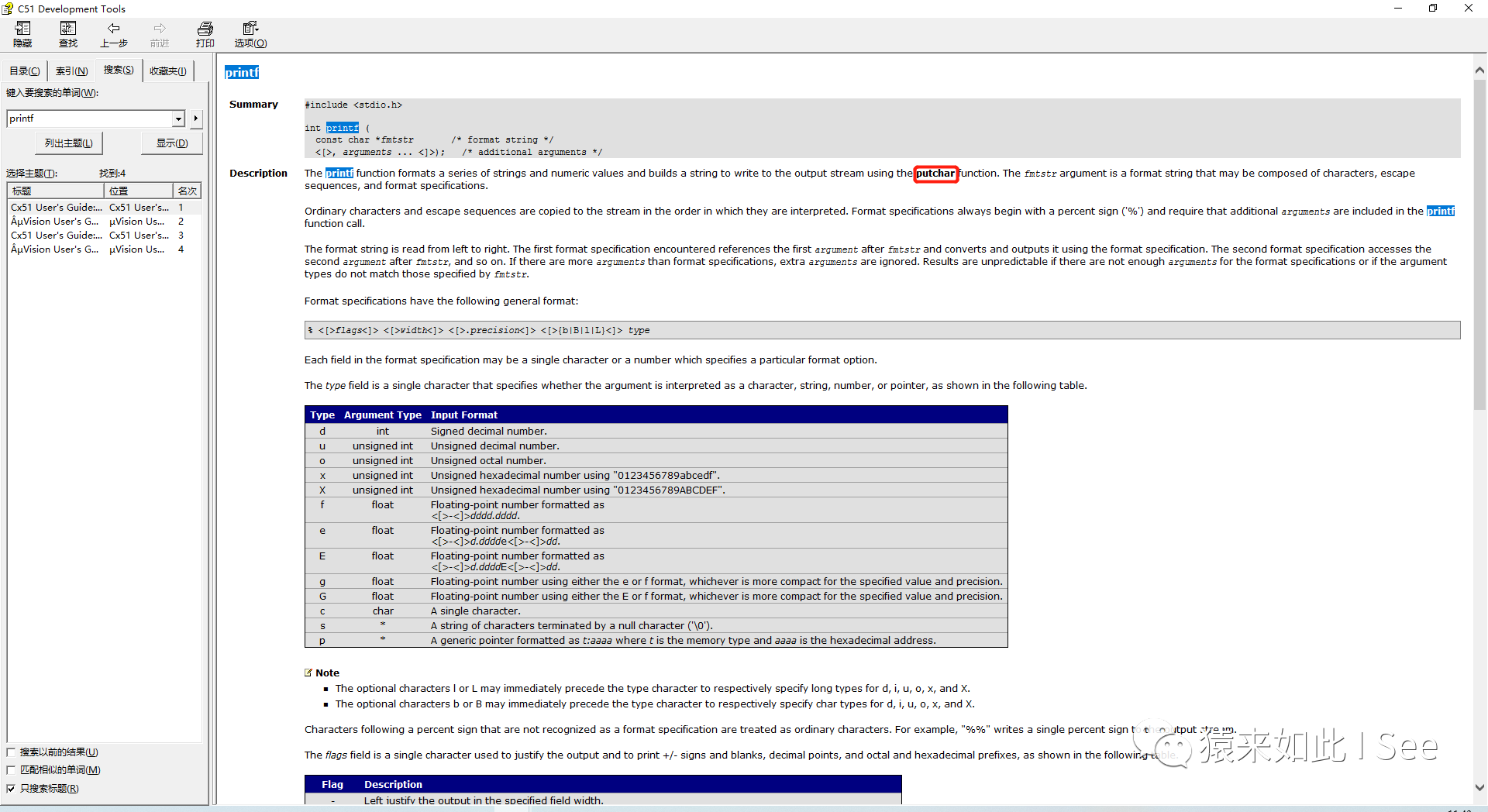再考虑更通用的输出重定向:
import os, sys
from contextlib import contextmanager
@contextmanager
def RedirectStdout(newStdout):
savedStdout, sys.stdout = sys.stdout, newStdout
try:
yield
finally:
sys.stdout = savedStdout
使用示例如下:
def Greeting(): print 'Hello, boss!'
with open('out.txt', "w+") as file:
print "I'm writing to you..." #屏显
with RedirectStdout(file):
print 'I hope this letter finds you well!' #写入文件
print 'Check your mailbox.' #屏显
with open(os.devnull, "w+") as file, RedirectStdout(file):
Greeting() #不屏显不写入
print 'I deserve a pay raise:)' #不屏显不写入
print 'Did you hear what I said?' #屏显
可见,with内嵌块里的函数和print语句输出均被重定向。注意,上述示例不是线程安全的,主要适用于单线程。
当函数被频繁调用时,建议使用装饰器包装该函数。这样,仅需修改该函数定义,而无需在每次调用该函数时使用with语句包裹。示例如下:
import sys, cStringIO, functools
def MuteStdout(retCache=False):
def decorator(func):
@functools.wraps(func)
def wrapper(*args, **kwargs):
savedStdout = sys.stdout
sys.stdout = cStringIO.StringIO()
try:
ret = func(*args, **kwargs)
if retCache == True:
ret = sys.stdout.getvalue().strip()
finally:
sys.stdout = savedStdout
return ret
return wrapper
return decorator
若装饰器MuteStdout的参数retCache为真,外部调用func()函数时将返回该函数内部print输出的内容(可供屏显);若retCache为假,外部调用func()函数时将返回该函数的返回值(抑制输出)。
MuteStdout装饰器使用示例如下:
@MuteStdout(True)
def Exclaim(): print 'I am proud of myself!'
@MuteStdout()
def Mumble(): print 'I lack confidence...'; return 'sad'
print Exclaim(), Exclaim.__name__ #屏显'I am proud of myself! Exclaim'
print Mumble(), Mumble.__name__ #屏显'sad Mumble'
在所有线程中,被装饰函数执行期间,sys.stdout都会被MuteStdout装饰器劫持。而且,函数一经装饰便无法移除装饰。因此,使用该装饰器时应慎重考虑场景。
接着,考虑创建RedirectStdout装饰器:
def RedirectStdout(newStdout=sys.stdout):
def decorator(func):
def wrapper(*args,**kwargs):
savedStdout, sys.stdout = sys.stdout, newStdout
try:
return func(*args, **kwargs)
finally:
sys.stdout = savedStdout
return wrapper
return decorator
使用示例如下:
file = open('out.txt', "w+")
@RedirectStdout(file)
def FunNoArg(): print 'No argument.'
@RedirectStdout(file)
def FunOneArg(a): print 'One argument:', a
def FunTwoArg(a, b): print 'Two arguments: %s, %s' %(a,b)
FunNoArg() #写文件'No argument.'
FunOneArg(1984) #写文件'One argument: 1984'
RedirectStdout()(FunTwoArg)(10,29) #屏显'Two arguments: 10, 29'
print FunNoArg.__name__ #屏显'wrapper'(应显示'FunNoArg')
file.close()
注意FunTwoArg()函数的定义和调用与其他函数的不同,这是两种等效的语法。此外,RedirectStdout装饰器的最内层函数wrapper()未使用"functools.wraps(func)"修饰,会丢失被装饰函数原有的特殊属性(如函数名、文档字符串等)。
2.5 logging模块重定向
对于代码量较大的工程,建议使用logging模块进行输出。该模块是线程安全的,可将日志信息输出到控制台、写入文件、使用TCP/UDP协议发送到网络等等。
默认情况下logging模块将日志输出到控制台(标准出错),且只显示大于或等于设置的日志级别的日志。日志级别由高到低为CRITICAL > ERROR > WARNING > INFO > DEBUG > NOTSET,默认级别为WARNING。
以下示例将日志信息分别输出到控制台和写入文件:
import logging
logging.basicConfig(level = logging.DEBUG,
format = '%(asctime)s [%(levelname)s] at %(filename)s,%(lineno)d: %(message)s',
datefmt = '%Y-%m-%d(%a)%H:%M:%S',
filename = 'out.txt',
filemode = 'w')
#将大于或等于INFO级别的日志信息输出到StreamHandler(默认为标准错误)
console = logging.StreamHandler()
console.setLevel(logging.INFO)
formatter = logging.Formatter('[%(levelname)-8s] %(message)s') #屏显实时查看,无需时间
console.setFormatter(formatter)
logging.getLogger().addHandler(console)
logging.debug('gubed'); logging.info('ofni'); logging.critical('lacitirc')
通过对多个handler设置不同的level参数,可将不同的日志内容输入到不同的地方。本例使用在logging模块内置的StreamHandler(和FileHandler),运行后屏幕上显示:
[INFO ] ofni
[CRITICAL] lacitirc
out.txt文件内容则为:
2016-05-13(Fri)17:10:53 [DEBUG] at test.py,25: gubed
2016-05-13(Fri)17:10:53 [INFO] at test.py,25: ofni
2016-05-13(Fri)17:10:53 [CRITICAL] at test.py,25: lacitirc
 电子发烧友App
电子发烧友App


























评论